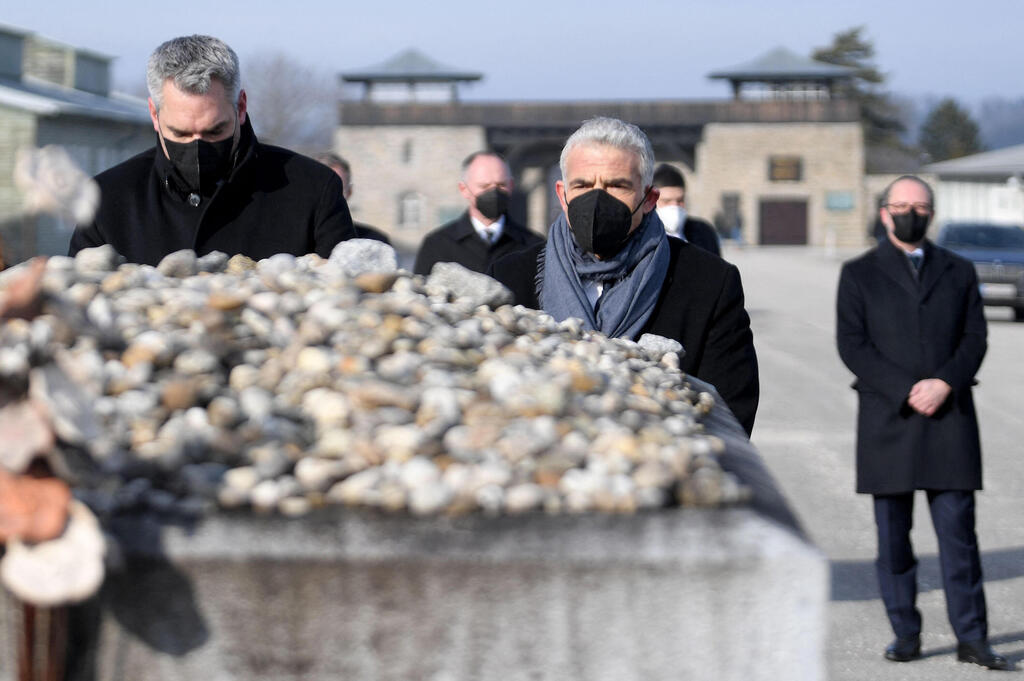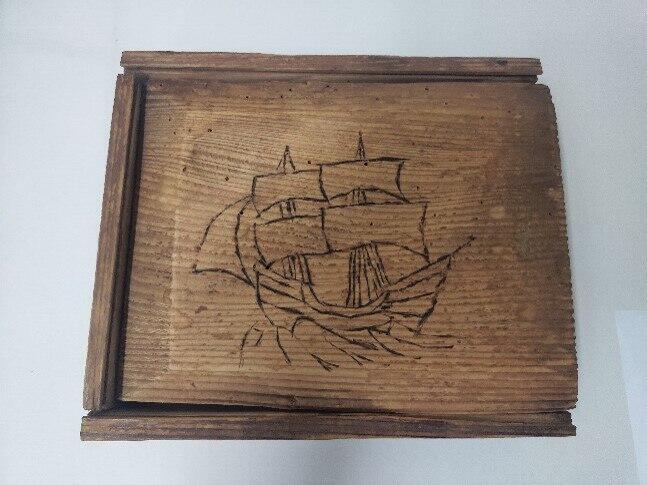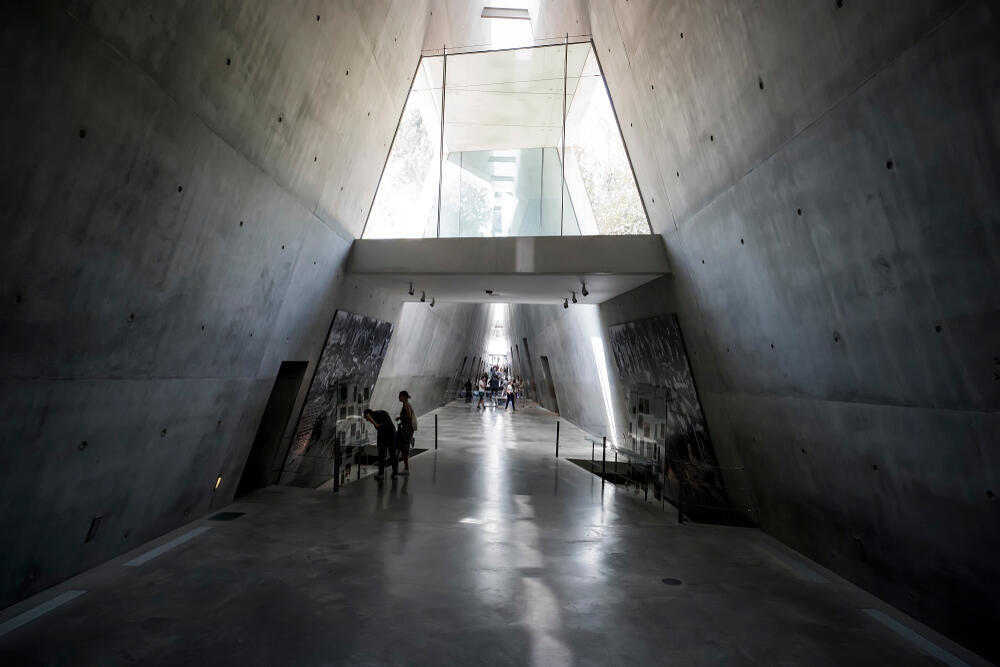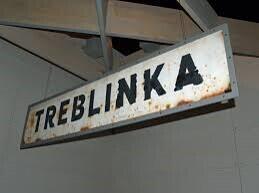On her 15th birthday, Susanne Schick received a wooden box made by her first love, Joseph Cohen.
He painted a picture of a sailboat on the box with the help of his friend, who carved it into the wood. The ship symbolized their aspiration to reach the Land of Israel. He gave it to her as a gift at a refugee camp in Yugoslavia, after they fled from Vienna while awaiting approval to immigrate to Israel.
They were part of the Hashomer Hatzair group and immigrated after Adolf Eichmann began to "cleanse" Vienna of Jews. The group left Vienna on their way to Israel but got stuck in the village of Kladovo and the town of Sabac in Yugoslavia for two years. For months, they hid together with about 1,200 Jews, including hundreds of teenagers, hoping to receive approval to immigrate to Israel.
In early 1941, about 250 teenagers received approval to immigrate to Israel from the Youth Aliyah organization and managed to escape from Yugoslavia. The rest of the Jews who hid there and waited for immigration approval were caught by the Nazis and murdered. Joseph and Susanne arrived in Israel on the same immigrant ship and settled in Kibbutz Gan Shmuel with other teenagers from Vienna. Eventually, the group of teenagers received the nickname "the Viennese" in the kibbutz and took part in building it. Joseph and Susanne each got married and started families, but their special bond remained throughout their long lives on the kibbutz.
4 View gallery


MK Yair Lapid with Austrian Chancellor Karl Nehammer at a Holocaust memorial site
(Photo: AFP)
For 72 years, Susanne kept the box in her home. It was the only memento she had left from her homeland and childhood. It symbolized her story of survival as a girl, enduring harsh conditions and escaping from place to place in fear for her life on her way to Israel. When she boarded the ship to Israel, she had to leave all her belongings and personal documents behind, even the only letter she received from her parents, whom she later found out were murdered in the war. However, she carried the box with her everywhere at great risk.
Michal, Susanne Schick's daughter (who changed her name after marriage), learned about the value of the wooden box and heard its story throughout her life. After her mother's death, she felt a commitment to preserve it and tell its story to future generations.
In preparation for a special Yad Vashem exhibition depicting the Holocaust through the eyes of the Jews of Vienna, expected to be held soon in the Austrian Parliament, Michael Tal, the exhibition's curator, approached Michal and asked to display the special wooden box.
"My initial instinct was to refuse. How could I part with such a dear and meaningful object? After much deliberation, and with the consent of all my siblings, we decided to transfer the box to Yad Vashem so that we can be sure that my mother's survival story, and that of all the boys and girls who immigrated with her, will be engraved in the history of the Jewish people," said Michal.
"The box and the story it tells have never been exposed to the public, but I understood how important and meaningful it is to turn the personal story into a public one. This is also the best way to commemorate the story of about 1,200 Jews, most of whom were cruelly murdered by the Nazis on their way to Israel while waiting for the ship to rescue them. It was the largest group of immigrants killed in 1941 on their way to their homeland, and it's important that every Jew and Israeli knows and learns this story and the great struggle Jews went through to reach Israel," she added.
Omri Cohen, Joseph's son, said: "Among the 1,200 killed in Yugoslavia were also my grandparents, my father's parents. I never had grandparents, my mother's parents were killed in Lithuania. My father struggled for many years to believe that his father was murdered and was convinced he managed to survive. The Viennese group became a sort of family for the young orphans in the kibbutz. My father was one of the pioneers who erected a memorial site for the relatives of kibbutz members who were killed in the Holocaust, which also commemorates the murdered from the Kladovo-Šabac emigration. The memorial site attracts many visitors and was nicknamed 'Little Treblinka'."





